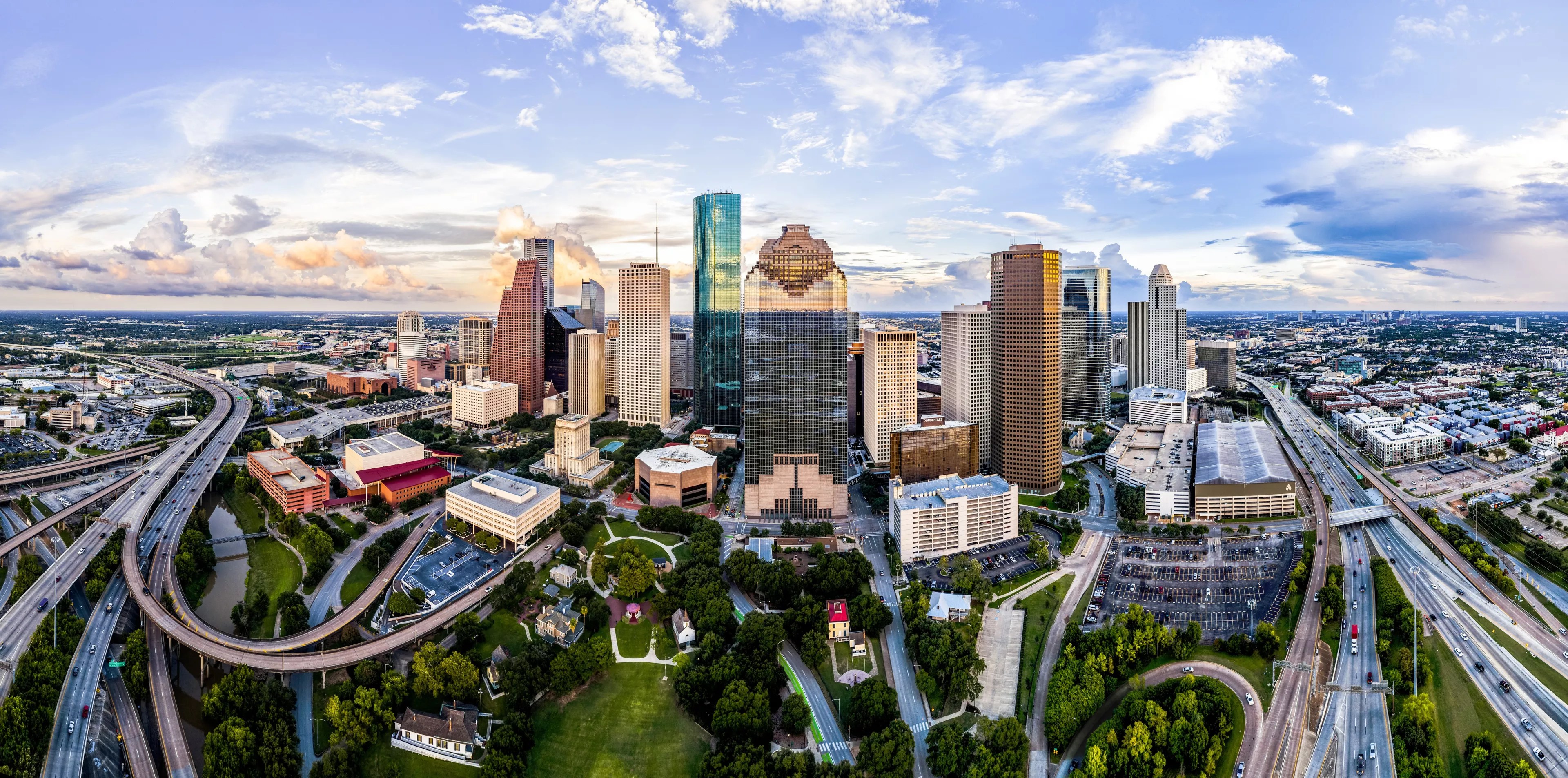
Adobe Stock

Audio By Carbonatix
Way back in 1920, the list of largest Texas cities looked a bit different than it does now. Just over 100 years ago, San Antonio was at the top with just over 160,000 people, followed closely by Dallas, Houston, Fort Worth and El Paso.
We didn’t say it looked drastically different, mind you, but there has been a bit of shuffling in the order since then. Back then, a large chunk of the state’s population was beginning to consolidate in a few key urban areas, something that’s only continued with time. North Texas as a region is certainly booming.
One hundred years ago, the state population sat at just above 4.6 million, making Texas the fifth most populous state. Now? There are more than 31 million folks living here, making Texas the second most populous state behind only California.
So, Texas is packed with big ol’ cities. Here are the 10 biggest.*
When news happens, Dallas Observer is there —
Your support strengthens our coverage.
We’re aiming to raise $30,000 by December 31, so we can continue covering what matters most to you. If the Dallas Observer matters to you, please take action and contribute today, so when news happens, our reporters can be there.
10. Lubbock – Population: 269,833
While Lubbock’s growth rate may be slowing, it’s still growing regardless. According to the Lubbock Economic Development Alliance, the home of Texas Tech University has grown by more than 35,000 people since the 2010 census.
9. Plano – Population: 291,450
Plano might not grab the growth-related headlines it used to, especially with surging suburbs including Frisco, McKinney, Allen and Prosper close by, but it is still bigger than all those suburbs north of 635. Plano’s population grew by more than 5,000 between the census in 2020 and 2024.
8. Corpus Christi – Population: 316,105
In concert, the legendary Texas troubadour Robert Earl Keen often sings “If I could do my life all over, it wouldn’t matter anyway, ‘cuz I could never stay sober on the Corpus Christi Bay.” Over the past few years, it seems as though a few residents have taken Keen’s cautionary tale to heart and sought a life elsewhere as the Corpus Christi population has decreased by about 11,000 since 2019.
7. Arlington – Population: 399,825
You’d be excused for thinking Arlington is not on this list. The city seems to find itself having to vocally distinguish itself from Dallas on a regular basis, despite its population continuing to grow. As of now, there’s a good chance that millions of global viewers may not even understand that AT&T Stadium is in Arlington, not Dallas, when the FIFA World Cup takes over North Texas next year – since the stadium will be officially referred to as “Dallas Stadium.”
6. El Paso – Population: 678,859
El Paso’s population over the past couple of years has not grown by much, but as always, the city’s Hispanic population continues to be its overwhelming, driving force, representing 81.3% of its population.
5. Austin – Population: 984,567
Given how much construction seems to be happening in Austin at all times, it’s a tad surprising to know that the Austin metro area is merely the second fastest-growing area in Texas, according to the 2024 census. Some current estimates indicate that the Austin metro area could have more than 2.3 million people. In 2023, the home of the Texas Longhorns was the fourth most populous city in Texas, but not anymore.
4. Fort Worth – Population: 996,756
Unlike Arlington, Cowtown hasn’t toiled in the shadow of Dallas (exclusively at least) for decades, simply because it’s a unique big city with a distinguished, colorful history all its own. And make no mistake, plenty of people are catching on to its mix of modern sophistication and downhome charm. As the 11th largest city in the U.S. now, Fort Worth is also one of the fastest growing, with an increase in population of nearly 20,000 between the Census in 2020 and 2024.
3. Dallas – Population: 1,302,753
Hey, we’re big. Really big. We don’t grow as fast as Fort Worth – perhaps due to housing costs – but we’re still in the top 10 most populous cities in the United States.
2. San Antonio – Population: 1,513,974
The Census Bureau says that San Antonio grew by more than 22,000 in 2023. It grew by 1.25% last year, which means the population there increased by about another 18,000. Regardless of how quickly the number in the Alamo City keeps soaring, it’s a long way off from catching the top spot.
1. Houston – Population: 2,319,119
It’s been 20 years since Hurricane Katrina ravaged Southern Louisiana. As much as any other city, Houston became home to many Katrina evacuees. And Houston hasn’t stopped growing since, although the past couple of years have seen the increase slow a touch. As for the Houston metro area, however, reports estimate that as many as 6.8 million people now call the Astros their home team.
*According to the 2024 U.S. Census.